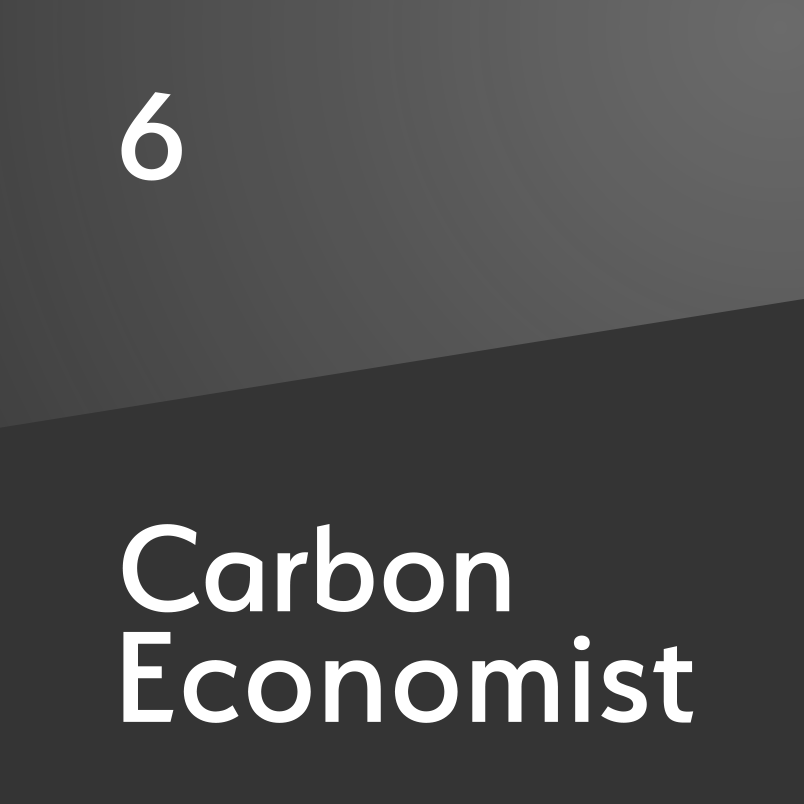Outlook 2025: eSAF – overcoming financial, technical and market challenges
Sustainable aviation fuel from electrolysis has great potential for reducing aviation sector emissions, but cost, energy requirements and the need for substantial investment stand in the way of take-off
Sustainable aviation fuel (SAF) has emerged as a crucial option for reducing emissions in a sector that is challenging to electrify. Electrolysis-derived SAF, or eSAF, holds particular promise as it uses power-to-liquid (PtL) technology to convert renewable electricity, water and captured CO₂ into synthetic jet fuel. This alternative differs from bio-based SAF, which depends on agricultural feedstocks and has inherent scalability limits. eSAF, by contrast, can theoretically be produced at larger volumes due to its reliance on renewable electricity and CO₂. However, eSAF production faces significant barriers, such as high costs, large energy requirements and the need for substantial investmen

Also in this section
5 December 2025
European Commission highlights rapid growth of Chinese production this year, as it retains strict procurement rules in latest European Hydrogen Bank subsidy auction
2 December 2025
Oil major cites deteriorating demand and a planning debacle as it abandons one of UK’s largest blue hydrogen projects
1 December 2025
Project at Emden in northwest Germany due online in 2027, but wider ramp-up of clean hydrogen sector in Germany will require overhaul of government policy, company warns
25 November 2025
The northwest African country’s vision of integrating green power, molecules and steel is alive and kicking, and serves as a reminder of hydrogen’s transformative potential







